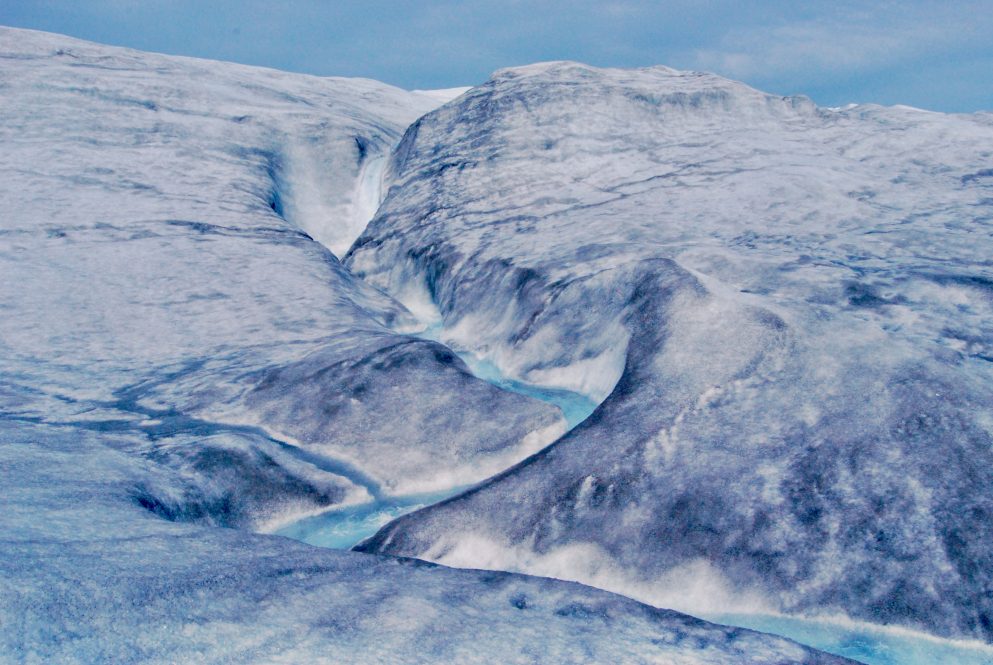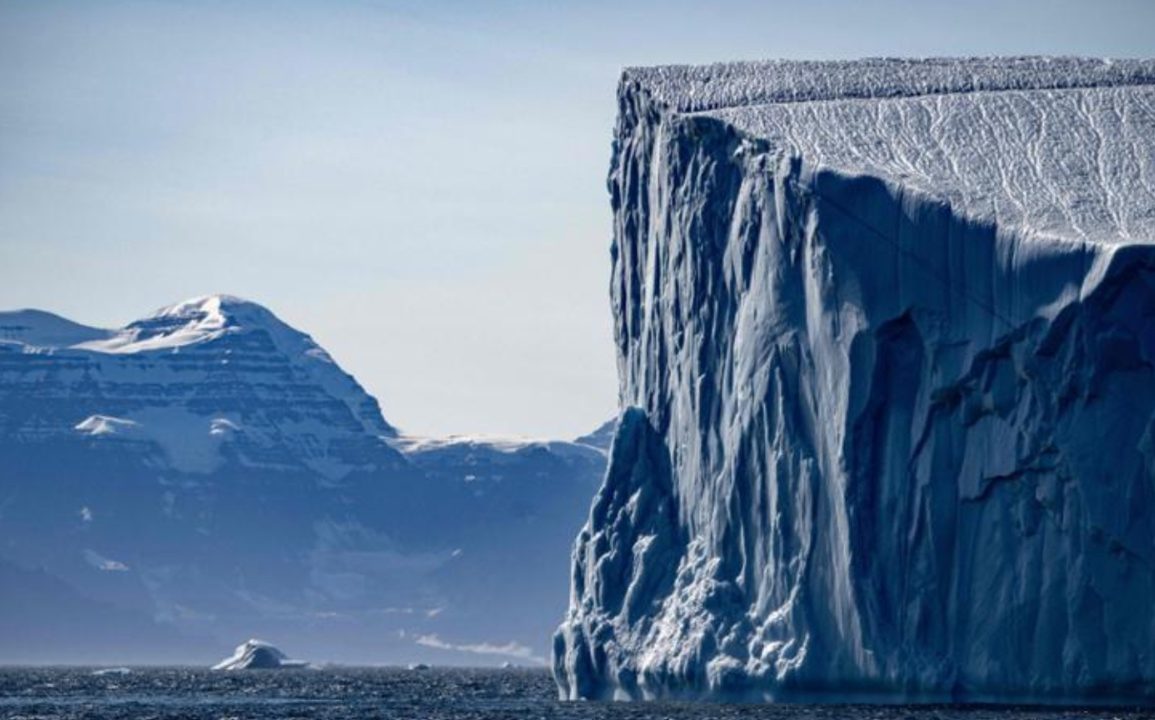Recent findings suggest that Greenland’s ice sheet, which has experienced significant melting in the past, is expected to undergo substantial melting again as climate conditions continue to change. Scientists are concerned that this could lead to a significant rise in sea levels, potentially by 20 to 25 feet.
Historical records from the last 1.1 million years show that during previous warm periods, not only the edges but also the center of the ice sheet melted, turning the region into a barren tundra with various insects and plants.
The current research, published in the Proceedings of the National Academy of Sciences, highlights that previous melting events occurred when atmospheric greenhouse gas levels were lower than they are now. With today’s elevated carbon dioxide levels, the ice sheet is more vulnerable to melting.
Paul Bierman, a scientist from the University of Vermont and co-lead of the study, noted that the ice sheet’s stability is in question given the higher levels of greenhouse gases present today.

Researchers have been analyzing materials from beneath Greenland’s ice sheet since 2014, using sediment from an old ice core sample extracted from two miles below the surface. This sample, filled with tiny fossilized remnants such as insect eyes, Arctic poppy seeds, and soil fungus, has provided direct evidence of a past ecosystem that existed under the ice. These findings confirm that Greenland’s ice sheet has disappeared from the center at least once before.
The study supports the “fragile Greenland” hypothesis, suggesting that natural processes, independent of human actions, have led to the ice sheet’s previous melting.
Currently, Greenland’s ice sheet covers about 656,000 square miles, or roughly three times the size of Texas, and has been rapidly declining in recent years. This decline is now the leading contributor to rising sea levels, overtaking the contributions of mountain glaciers.
The potential future consequences of continued melting are severe, with projections suggesting it could take thousands of years for the ice sheet to fully melt. Such an event would have profound impacts, displacing hundreds of millions of people and altering coastal landscapes worldwide. As Bierman notes, the drastic changes could transform beloved coastal areas, emphasizing the importance of addressing climate change to mitigate these future risks.

